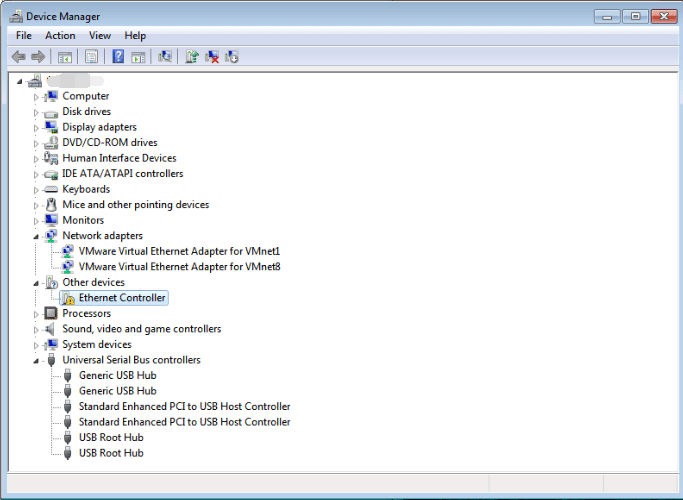

I have recently installed audio driver and is working perfectly. As the computer is rebooting, an Install new hardware wizard should appear if Windows detects the new hardware.
Using this wizard, you should be able to point Windows to the folder containing your drivers located on the CD, diskette, USB flash drive, or the folder containing the files you downloaded. Finally, if you are successful with installing your drivers and the computer asks to reboot the computer, make sure to reboot the computer after the driver is installed.
These drivers are the most up-to-date and many manufacturers provide tools for automatically assessing which hardware drivers need to be downloaded. Navigate to your computer manufacturer website if you find that certain drivers are missing to find what you are looking for. Navigate to the folder containing the hardware drivers on your external disk storage device and then click \"Next.\" The hardware drivers will be copied to the hard drive. Copy the hardware drivers folder to an external disk storage device like a USB thumb drive or blank CD.
The Facts On Straightforward Driver Support Secrets
Usually, the no sound issue occurs on Windows 10 OS if the Audio driver is damaged, corrupted, or removed during the install/update of the Windows 10. Microsoft officially confirmed that Windows 10 install had been developed in a way to automatically remove all applications and drivers that are incompatible with it. Unfortunately, many people have complained about Realtek’s HD Audio driver issues on Windows 10, which appeared after downloading the latest version of this OS.
Additionally, there are some general insights to help prevent frustrations during the process. Computer manufacturers provide hardware drivers for all system peripherals on their websites.
- After installing the driver, there is only a dummy soundcard left.
- BUT it isn’t working with LinuxMint 16 and ALC850.
- I have Linuxmint 13 "Maya" installed on a Dell XPS 15z machine click, which uses the Realtek ALC665 Audio card.
In fact, there are numerous problems related to Windows 10 Creators’ Update, including the loss of important data kept on the system before downloading the recommended update. Due to this, a need arises to reinstall Audio Drivers on Windows 10, as users sometimes are unable to hear anything at all. Some older sound cards may connect to the CD/DVD drive with a small cable. This is optional on virtually all newer computers, as this connection is now handled by the hardware. Nearly all modern computers have the sound card built-in to the motherboard.
How a driver is saved and packaged determines how it is installed. Below is information about each of the methods developers use to distribute their drivers, as well as how to install them in Microsoft Windows.
Step-By-Step Simple Methods In Device Manager
You can double-check that you have a sound card built-in by looking for speaker jacks on the back of the computer. Sound cards are really only necessary for audiophiles and recording studio computers, or for very old computers that don’t have built-in sound.
The executable may be packaged in a compressed file, which means before looking for the setup file, you need to uncompress the downloaded file. If after uncompressing the file, it still does not contain an executable file, setup file, or does not install your hardware device, continue with the below recommendations. After the drivers have been downloaded, you must determine how the drivers are packaged. If the directory contains executable files or a setup file, you can install the driver using an executable.
If the directory contains .inf files, you can install the driver using an inf or use the "have disk" option during the install. If the drivers are compressed into a .zip file, you need to uncompress the file.

Comments are closed, but trackbacks and pingbacks are open.